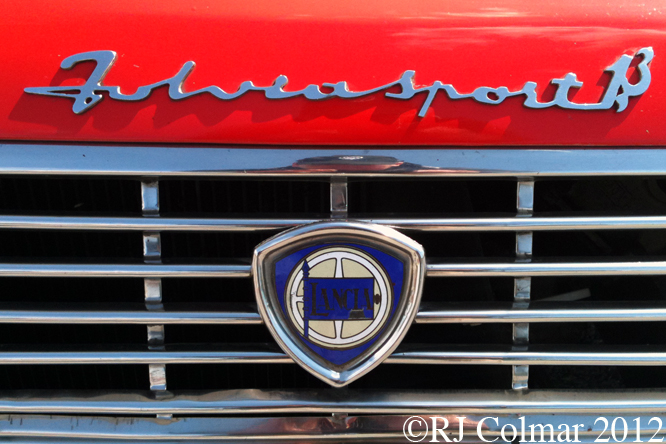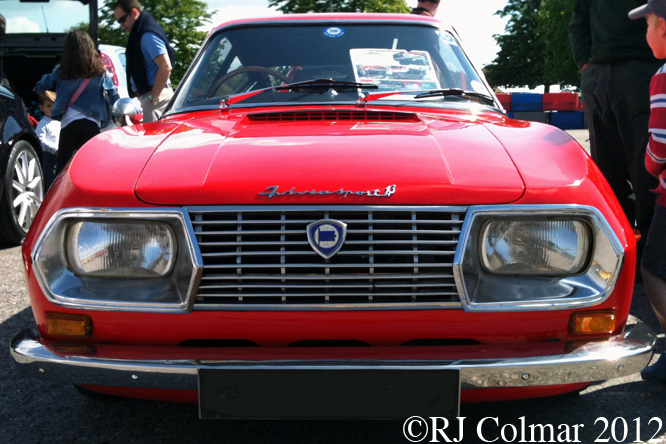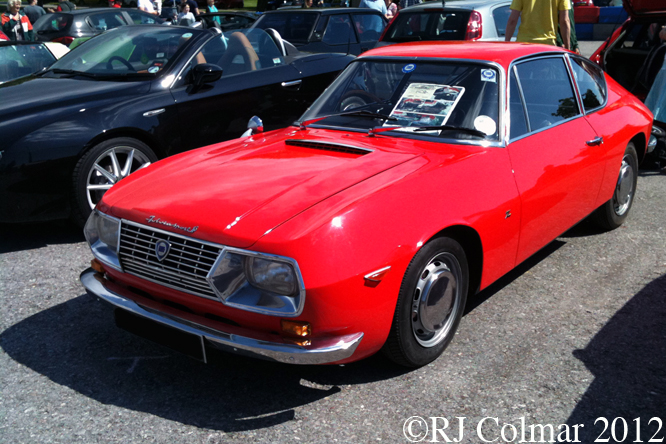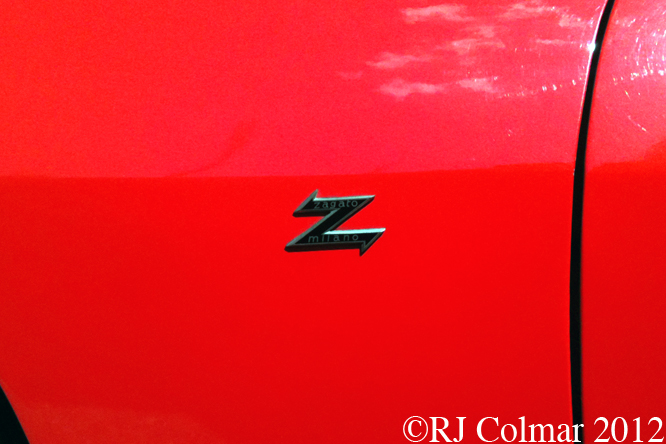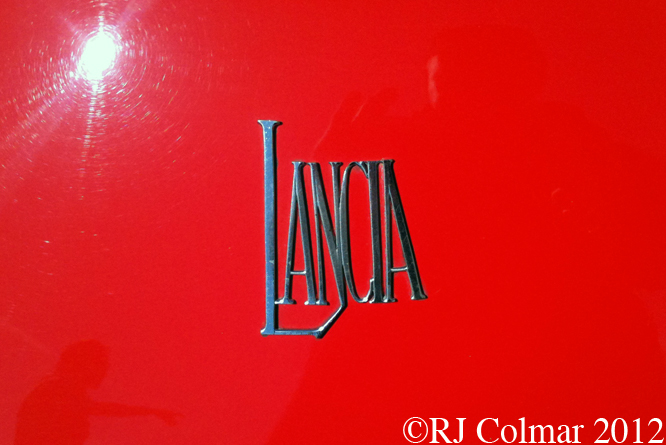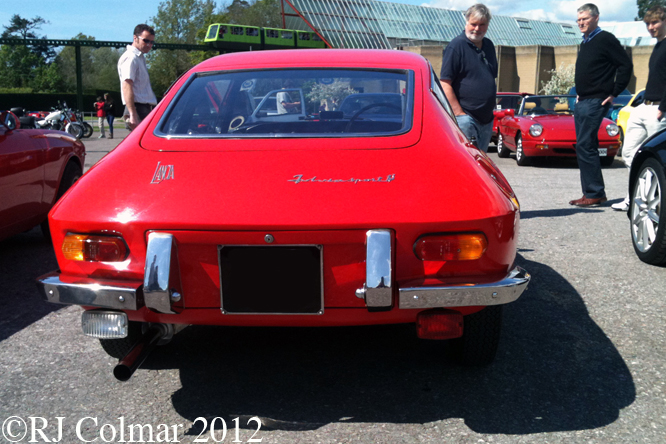While a student and a devotee of the form follows function philosophy of industrial design Carl Klaus Dietel experimented with aerodynamic shapes of cars at the Weissensee College of Art in Berlin in 1961. Later he was transferred from the Central Research Center in Chemnitz, then called Karl Marx Stadt, to the VEB Automobilwerk Eisnach where his hatchback / notchback design was given to Wartburg 311 designer Hans Fleischer with instructions to get rid of the NATO jeep like grill and add a proper boot.

Fleischer did as he was instructed and also raised the waste line from bumper level to the mid point of the now square specified headlights. Power for the new 353 model came from the 3 cylinder 2 stroke engine inherited from the 311 model but now giving 55 hp. These motors had only 7 parts and so the saying came that one could drive a 353 car while maintaining a motorbike. It was a nippy performer too with of 95 miles an hour and thanks to the high revving engine could reach 62 mph from rest in 12 seconds.
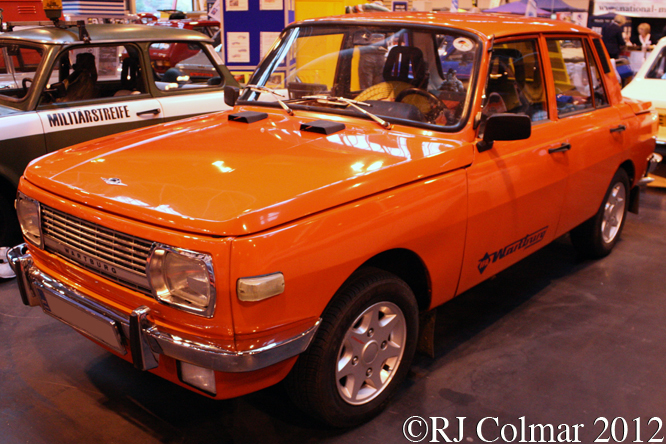
Design of the interior of the 353 was shared between Dietel and Lutz Rudolph. Upon launch in 1966 the 353 immediately out performed it’s eastern block rivals from Lada / Zhiguli and Moskvitch in every way including safety, acceleration, top speed, thanks to a free wheel function economy, ergonomics, handling, space and all important off road capability, despite being saddeled at the behest of the Soviets with only a two stroke motor.
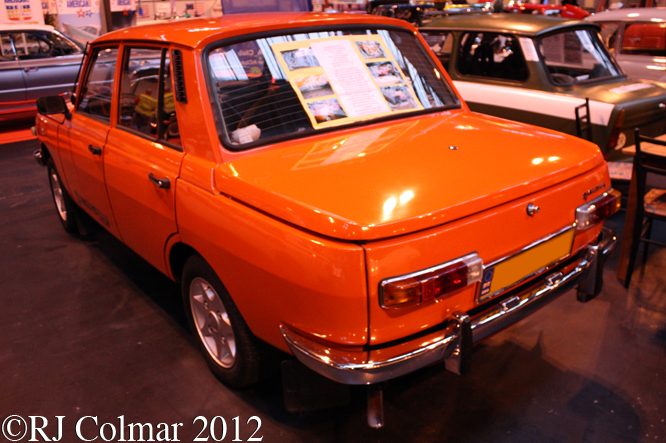
This particular 1984 Wartburg 353 served as a taxi for ten years before being imported to the UK. The current owner acquired it as a non runner with a snapped off column shift and substantial damage to the bonnet and both front and rear wings. After the panels were repaired and or replaced and a new sill was welded in the car was resprayed it’s original flame red colour.
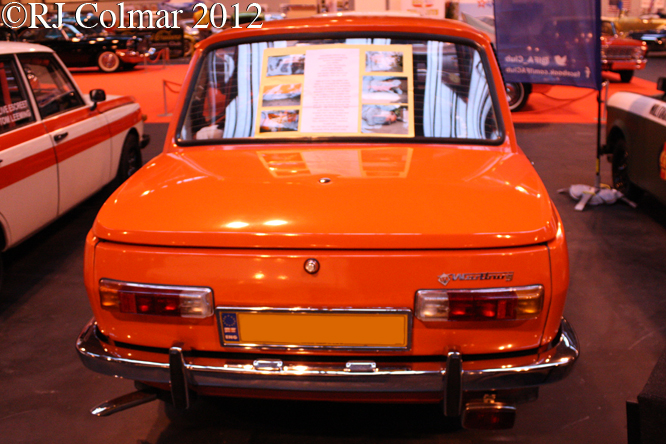
Before the collapse of the Eastern Bloc a single 353 was fitted with a Volkswagen 4 stroke motor in 1988. However a combination of political events and globilisation over took production and VEB Automobilwerk Eisenach closed it’s doors in 1991 for good after just 152,775 4 cylinder Wartburg 1.3’s and 1,225,190 353’s had been produced in two series; 353 from ’66 – ’75 and 353 W ’75 – ’88.
Thanks for joining me on this “Maintaining A Motorbike” edition of “Gettin’ a li’l psycho on tyres”, I hope you will join me again tomorrow. Don’t forget to come back now !


